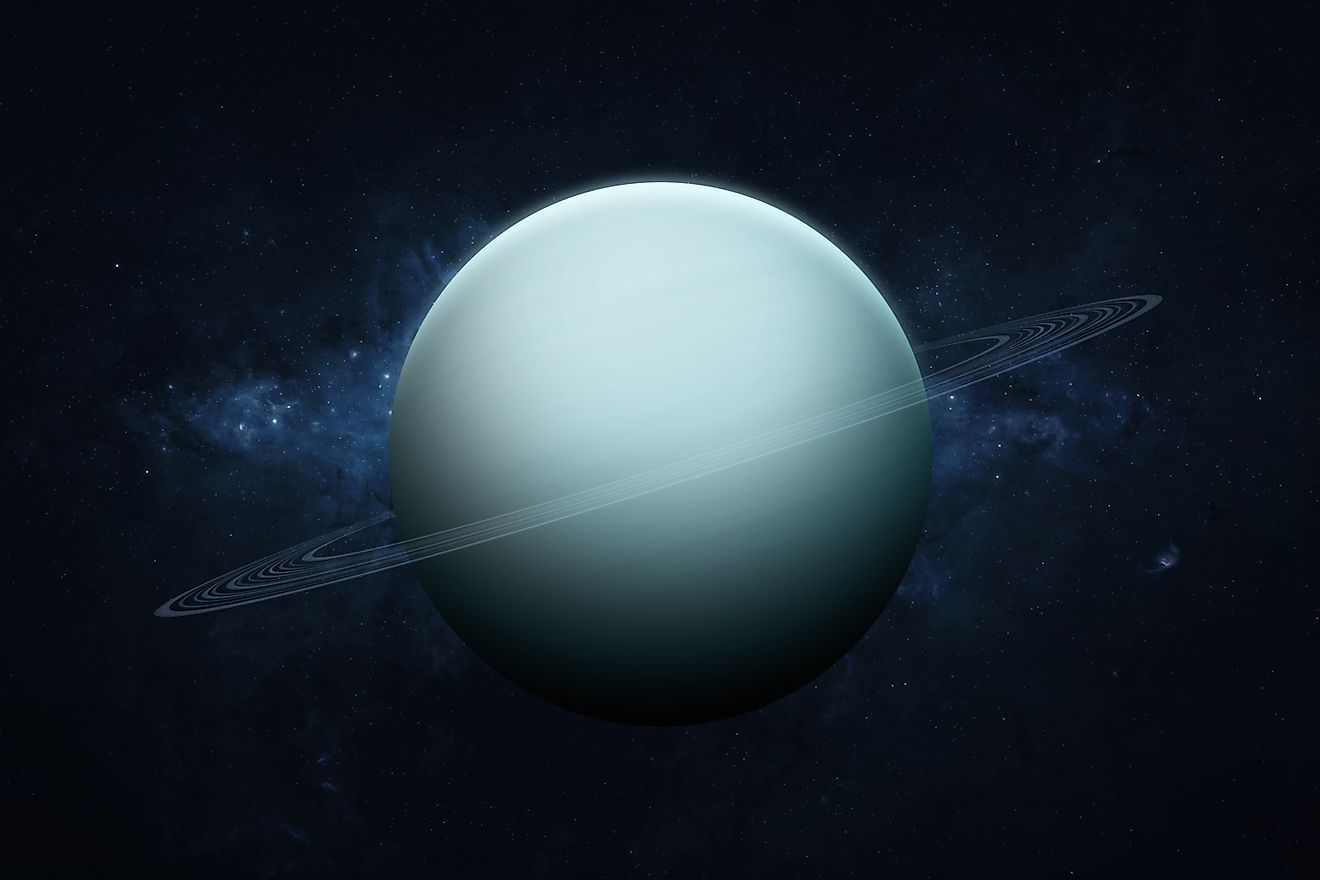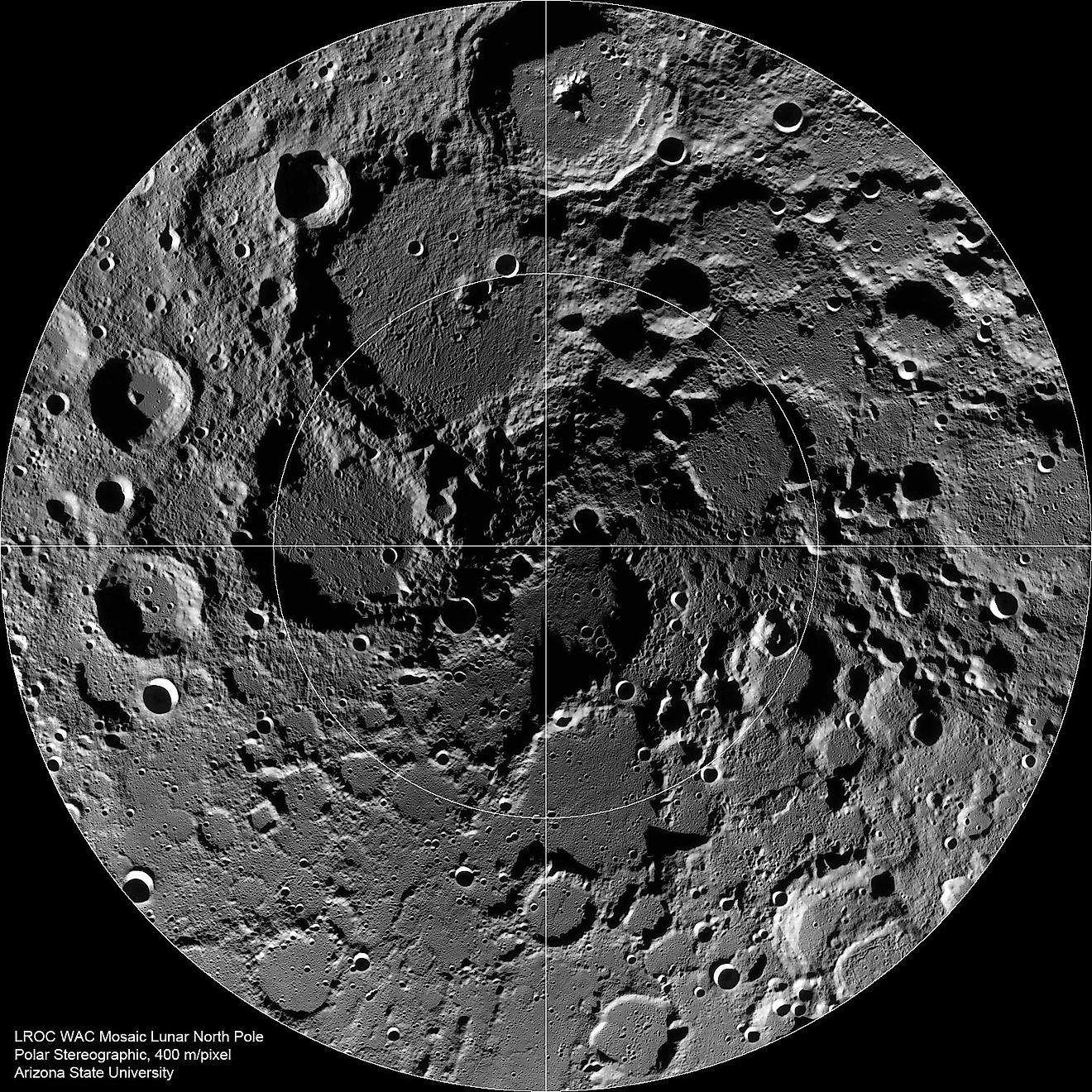How Big Is The Universe?

- The observable universe is the section of the universe that we can see
- The finite age of the universe and the speed of light both mean there is a limit to how far we can see
- The observable universe is estimated to be 93 billion light years in diameter
The universe is unimaginably gigantic. The human brain is simply incapable of truly grasping the immensity of space. As telescopes have become more advanced, scientists are capable of seeing further into space than ever before and estimate the actual size of the universe. Just how big is the universe?
The Observable Universe

The universe we can see is referred to as the observable universe. The observable universe is likely only one section of the universe, and beyond it there is likely even more space filled with stars and galaxies. The reason why there is an observable universe is because the universe has not existed for an infinite amount of time. Rather, the universe began in the Big Bang some 13.8 billion years ago. A finite age for the universe means that objects beyond a certain point, called the cosmic horizon, are simply too far away for their light to have reached our eyes. Everything we can currently see in the universe is part of our cosmic bubble called the observable universe.
The Cosmic Horizon

No matter how powerful telescopes become, there is a physical limit to how far we can see in the universe. This is because the universe has a finite age and a finite speed limit. The only reason we are able to see as far as we can in space is because the light emitted by objects travels at a tremendous speed. The speed of light is the fastest known thing in the universe, and as far as scientists know, the laws of physics prohibit anything from exceeding the speed of light. The universe began in the Big Bang around 13.8 billion years ago, and because the speed of light is a finite number, there is a limit to how far we can see in the universe. The universe simply has not existed long enough for sources of light beyond a certain point to have reached our eyes. Since one light year is the distance light travels in a year, it would make sense that the maximum distance we can see is about 13.8 billion light years, or the age of the universe. However, this is not actually the case. Rather, the observable universe is estimated to be about 93 billion light years across. This probably seems counterintuitive because the speed of light is both finite and the maximum speed of the universe. However, an interesting aspect about space is that it can actually expand faster than the speed of light. Furthermore, when we look out into space, we see things as they were, not as they are. The light from a galaxy that is 30 million light years away took 30 million years to reach us, and so we see that galaxy as it was 30 million years ago. Since the universe has expanded a lot within that time frame, that galaxy is actually at a much further point from us than what we can see. We see the galaxy at the position it was 30 million years ago, yet it is no longer where we see it because space has expanded since that time. When astronomers account for this difference, they end up with an estimate of 93 billion light years for the diameter of the observable universe.











